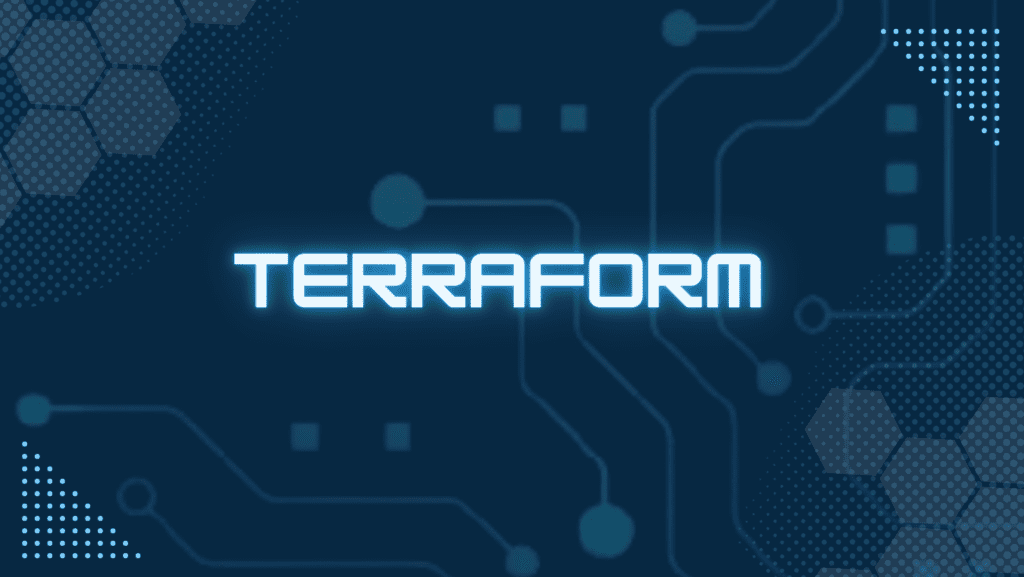How to Get Started with Terraform: A Step-by-Step Guide?

Terraform is a powerful infrastructure as code (IAC) tool that allows organizations to manage their infrastructure in a more efficient and automated way. By using Terraform, teams can provision and manage infrastructure resources safely, efficiently, and reproducibly. Terraform also provides a common configuration to describe the infrastructure components needed by your applications, and it automates the creation, modification, and deletion of those components.
Additionally, Terraform supports a variety of cloud providers, such as AWS, Google Cloud, and Microsoft Azure, as well as on-premise and third-party infrastructure. This makes it an ideal tool for organizations that want to adopt cloud computing and those that are already using multiple cloud providers. Terraform’s support for multiple cloud providers makes it a popular choice for multi-cloud environments.
Moreover, Terraform simplifies the process of managing infrastructure resources by allowing you to define them as code. This makes it easier to version control your infrastructure and track changes over time. Additionally, Terraform’s ability to manage on-premise and third-party infrastructure means that you can use it to manage your entire infrastructure stack.
In addition, Terraform’s modular design allows you to break down your infrastructure into smaller, more manageable components. This makes it easier to test and debug your infrastructure code, and it also allows you to reuse components across multiple environments.
Why use Terraform?
Terraform helps organizations manage their infrastructure in a more efficient and automated way, which leads to faster time-to-market, lower costs, and better security. Terraform also provides a common language for describing your infrastructure, which helps teams collaborate and standardize their infrastructure deployment processes.
Additionally, Terraform makes it easier to roll back changes and recover from failures. By keeping track of the state of your infrastructure, Terraform can automatically revert changes if there’s an issue, or apply new changes incrementally. This helps reduce downtime and minimize the impact of errors. Additionally, Terraform’s built-in planning and preview features allow you to test changes before they are applied, which further reduces the risk of errors.
Furthermore, Terraform’s ability to manage a wide range of infrastructure resources, including cloud providers, on-premise infrastructure, and third-party services, means that you can use a single tool to manage your entire infrastructure stack. This helps simplify your infrastructure management processes and reduces the need for multiple tools and interfaces. Terraform’s flexibility and extensibility allow you to customize it to meet the specific needs of your organization.
In addition, Terraform’s emphasis on infrastructure as code allows you to apply best practices from software development, such as version control, code review, and testing, to your infrastructure management processes. This helps improve the overall quality and reliability of your infrastructure, while also reducing the risk of human error.
Terraform Configuration Files
Terraform uses configuration files written in HashiCorp Configuration Language (HCL) to describe your infrastructure resources. HCL is a human-readable language that is easy to learn, and it allows you to specify the resources you want to create, as well as their properties and dependencies.
Here’s an example of a Terraform configuration file that creates an Amazon Web Services (AWS) EC2 instance:
provider "aws" {
region = "us-west-2"
}
resource "aws_instance" "example" {
ami = "ami-0c55b159cbfafe1f0"
instance_type = "t2.micro"
}
In this example, we first specify the AWS provider and configure it to use the us-west-2 region. We then create an AWS EC2 instance resource and specify its properties, such as the Amazon Machine Image (AMI) and instance type.
Terraform Workflow
Terraform follows a typical workflow when provisioning and managing infrastructure resources. The basic steps are:
- To get started with managing your infrastructure using Terraform, you can create configuration files that describe your resources.
- Once you have created your configuration files, the first step is to initialize Terraform and download the necessary provider plugins using the Terraform init command.
- You can preview the changes that will be made to your infrastructure by running the terraform plan command.
- When you’re ready to apply the changes, use the terraform apply the command to create or update the resources.
- If you need to make further updates to your infrastructure, repeat steps 3 and 4 as necessary.
- Run the
terraform destroycommand to delete the resources when they are no longer needed.
Conclusion
Terraform is a powerful IAC tool that helps organizations manage their infrastructure in a safe, efficient, and reproducible manner. Terraform supports a variety of cloud providers and on-premise infrastructure, and it provides a common language for describing your infrastructure. By using Terraform, organizations can automate their infrastructure deployment processes, reduce downtime, and minimize the impact of errors.
I hope this article proves beneficial to you. In case of any doubts or suggestions, feel free to mention them in the comment section below.
References
One thought on “How to Get Started with Terraform: A Step-by-Step Guide?”
Comments are closed.
Shubham, great job on creating a step-by-step guide on getting started with Terraform! Your efforts in simplifying the process are highly appreciated.
Your blog post is a fantastic resource for anyone looking to learn about Terraform. The clarity of your writing and explanations make it easy to follow.
Thank you for taking the time to share your knowledge and experience with Terraform. Your blog post is an inspiration for those who want to start learning about infrastructure as code. Keep up the great work and continue sharing your expertise with others!